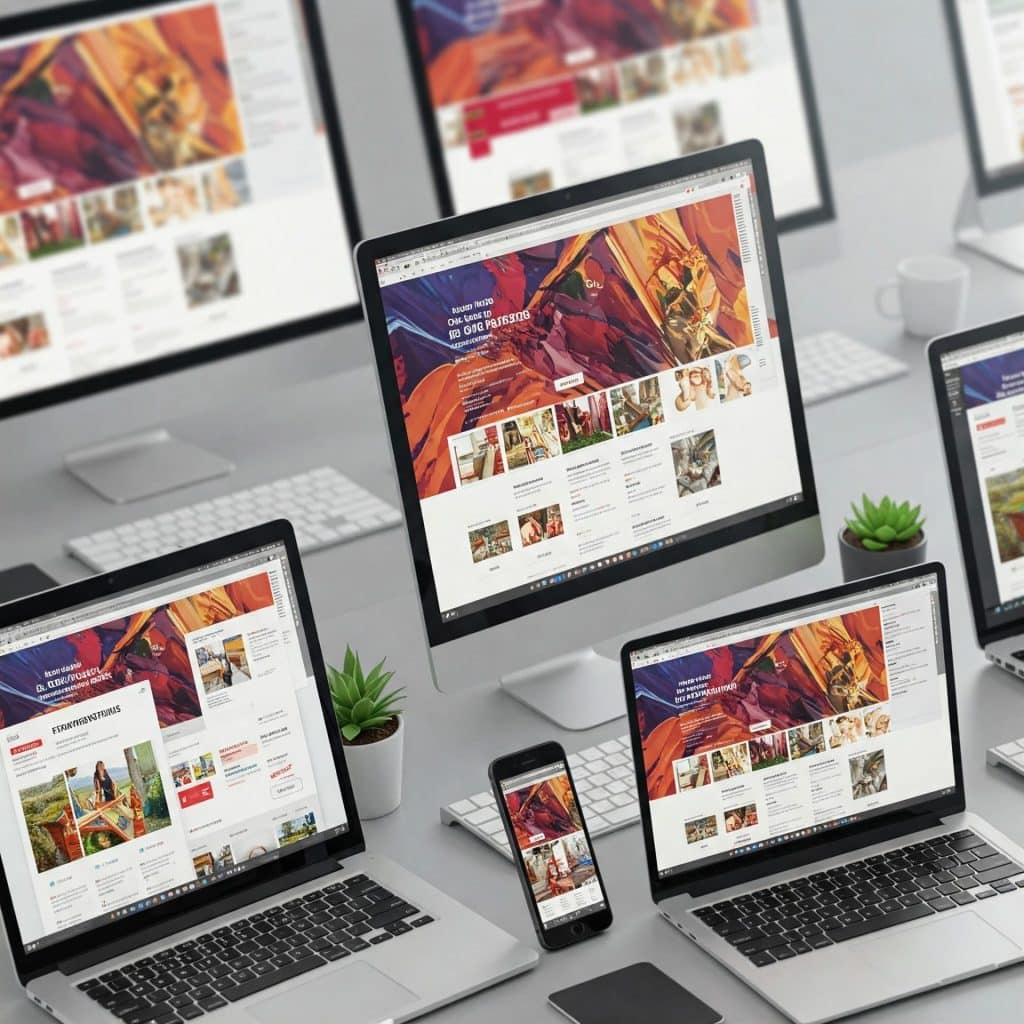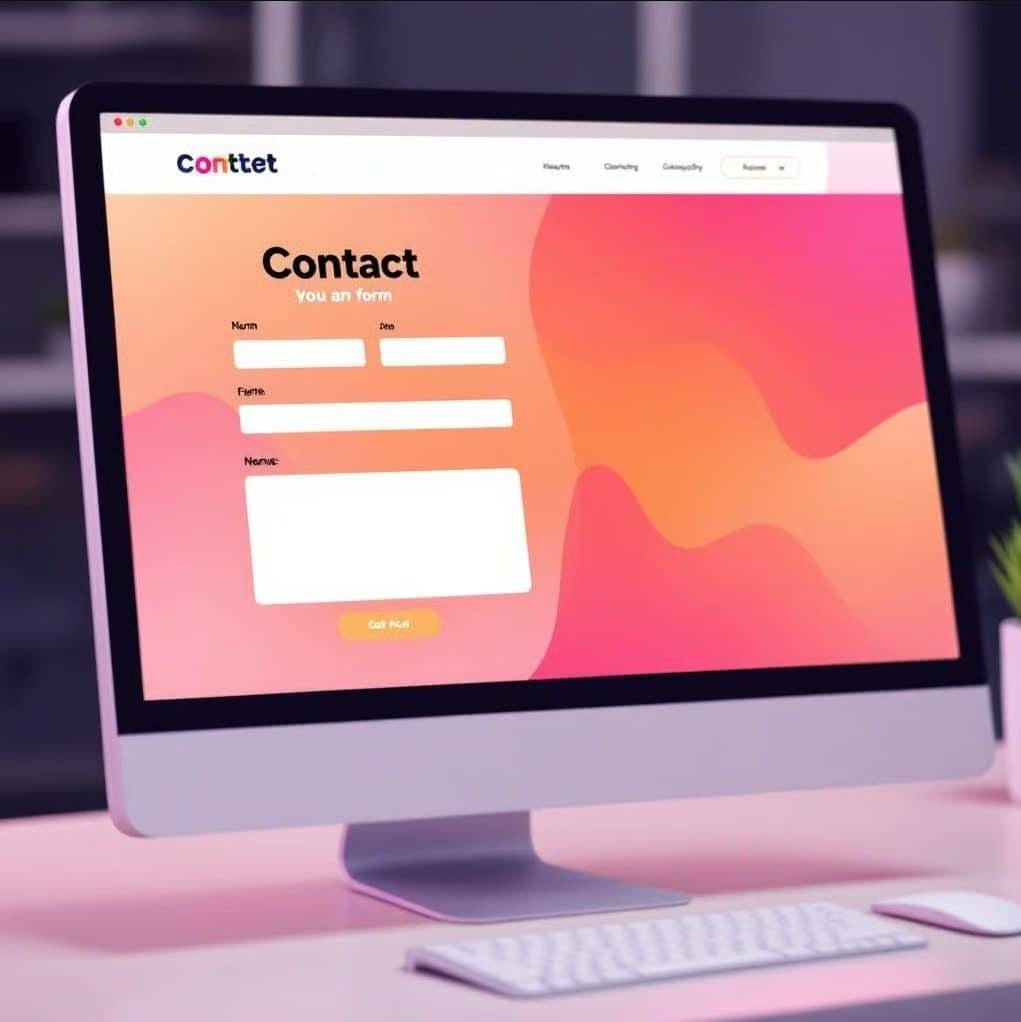Why Your Website Should Look Like Everyone Else (Mostly): Embracing Convention & Strategic Uniqueness for Better Results
The idea that your website should “look like everyone else” might sound counterintuitive, even alarming, in a world that prizes uniqueness. However, digging beneath the surface reveals a powerful truth: adhering to common web design conventions isn’t about stifling creativity; it’s about smart, user-centric design that leverages familiarity for better usability. At the same time, strategic uniqueness plays a crucial role in capturing attention, building brand identity, and ultimately, driving conversions. Insights from industry discussions help illustrate this essential balance.
It’s a major reason BeBizzy Consulting uses WordPress websites and Woocommerce in nearly every instance. These website just look and work like most other sites.
 The Driving Force: User Expectations and Jakob’s Law
The Driving Force: User Expectations and Jakob’s Law
So, why should my website look like everyone else?
The single biggest reason to align core functionality with common design patterns is user expectation. As Jakob Nielsen famously stated (in what’s known as Jakob’s Law), users spend most of their time on other websites. This means they arrive at your site with pre-existing mental models of how things should work. They expect navigation menus at the top or left, the logo in the top-left acting as a home button, and familiar e-commerce flows.
Meeting these expectations allows users to navigate intuitively, reducing cognitive load so they can focus on your message, not on deciphering your interface. Significant deviation forces users to learn, creating friction. Aiming for a core structure that feels roughly “80% like everyone else’s” ensures foundational usability.
Why Do Sites Converge on Similar Layouts?
Website analyses point to several factors driving design convergence:
- Proven Usability: Common layouts work because user research and testing show they align with how people scan and interact with web pages.
- Frameworks and CMS: Tools like Bootstrap and popular WordPress themes offer efficient, pre-built structures leading to shared visual characteristics.
- Mobile-First Design: Standardized patterns like hamburger menus become necessary for smaller screens.
- Efficiency: Reusing proven patterns saves development time and resources.
Familiarity Breeds Trust and Smoother Journeys
A website following established conventions feels more trustworthy and professional. Standard layouts, especially for transactions, provide security and predictability, smoothing the user journey towards conversion.
Finding the Balance: Where Strategic Uniqueness Drives Conversion
While foundational usability relies on convention (the “80%”), the remaining “20%” is where strategic uniqueness becomes a powerful conversion tool. This differentiation isn’t merely cosmetic; it actively contributes to success:
- Brand Recall & Memorability: A distinctive visual identity—through unique branding, captivating imagery, or well-executed microinteractions—makes your site stand out from generic competitors. This memorability encourages return visits and word-of-mouth referrals, contributing to conversions over time.
- Communicating Brand Value: Unique design can powerfully convey your brand’s specific personality and values (e.g., luxury, sustainability, innovation, playfulness). When this design resonates deeply with your target audience, it builds an emotional connection that standard templates might fail to achieve, making users more receptive to your message and calls-to-action.
- Highlighting Key Information: While core navigation should be standard, unique layout choices within sections (when designed thoughtfully) can strategically draw the user’s eye. This can effectively spotlight unique selling propositions, testimonials, or primary calls-to-action, guiding users more powerfully towards conversion points than a purely conventional layout might.
- Standing Out: In a crowded market where many sites adopt similar template-based looks, a well-considered, unique aesthetic can capture initial attention – the crucial first step towards engagement and conversion.
The key is strategic uniqueness. It should enhance the brand message and guide the user without disrupting core usability or causing confusion in fundamental tasks like navigation or checkout.
Conclusion
So, why should your website look like everyone else? Because users expect it for core functionality. Adhering to familiar patterns enhances usability, builds trust, and smooths the path to conversion. However, don’t mistake convention for conformity. Strategic uniqueness in branding, visual presentation, and highlighting key information is vital for capturing attention, building a memorable brand identity, creating emotional resonance, and ultimately converting visitors into customers. The most successful websites strike this balance: a familiar, usable foundation layered with a distinct, compelling personality that guides and persuades.
Contact BeBizzy Consulting to start your new or redesigned website project.









